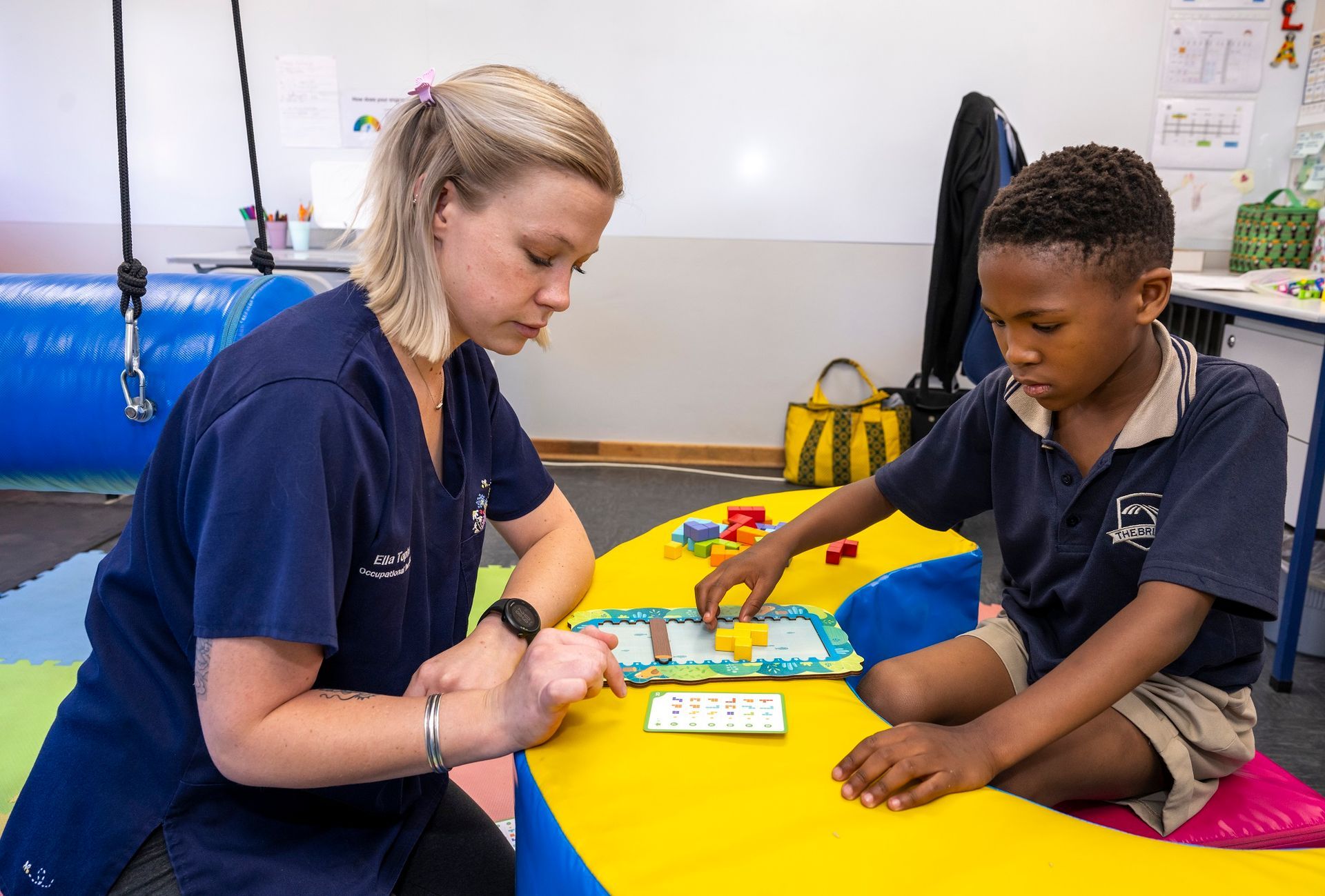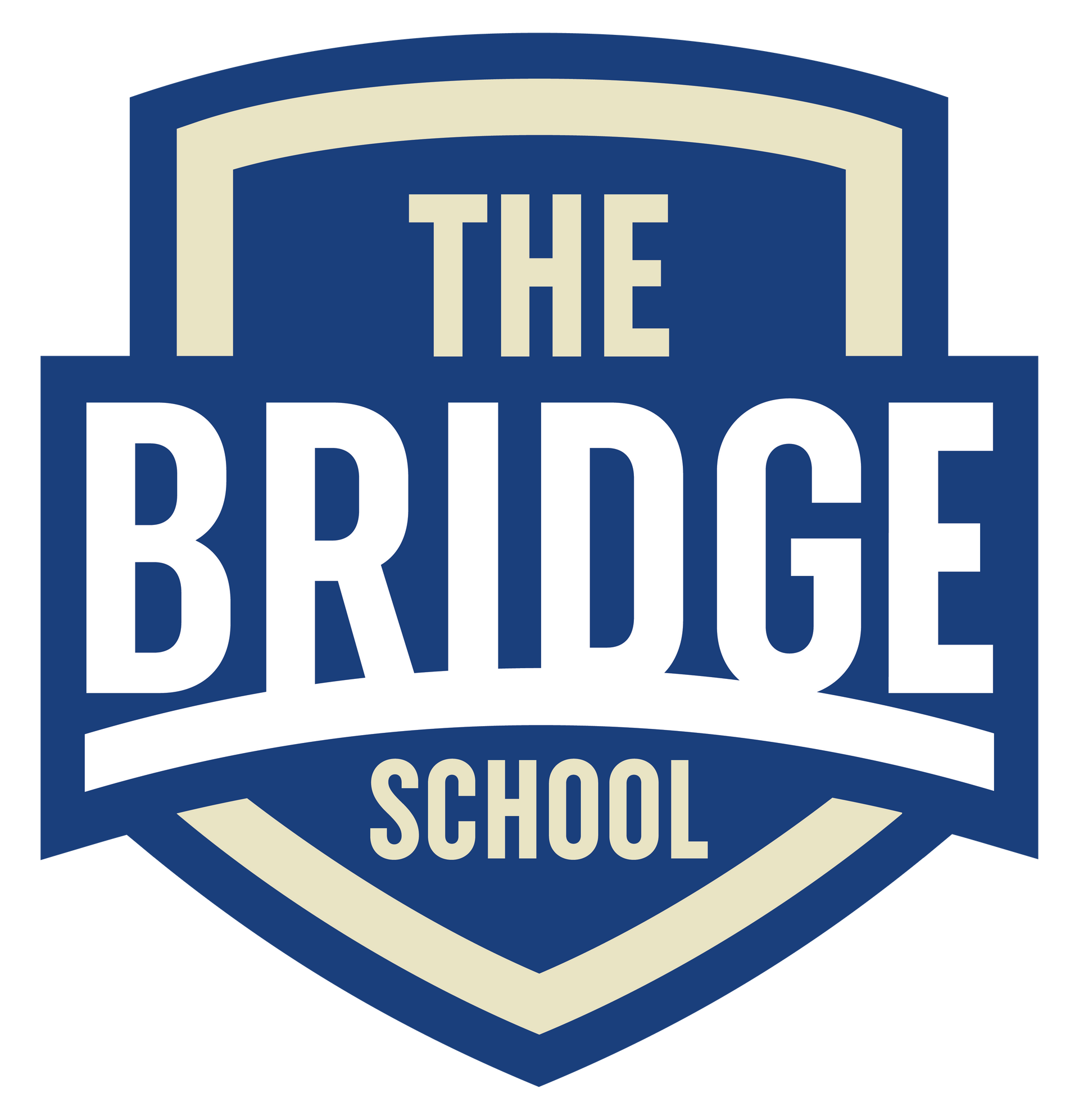
What’s Wrong?
Possible Signs for various Neurodiverse conditions
ADHD (Attention Deficit Hyperactivity Disorder)
Preschool (2–5 years)
1.Easily distracted, difficulty focusing on one activity.
2.Inability to sit still during activities like meals or Storytime.
3.Frequent movement or excessive talking.
4.Trouble following simple instructions (e.g., “put on your shoes”).
Pre-Adolescent (6–12 years)
1.Difficulty completing tasks or leaving them unfinished.
2.Poor organisation (e.g., scattered schoolwork, messy room).
3.Frequently forgets to do or turn in assignments.
4.Impulsive actions/ poor delay of gratification (interrupting conversations or turn taking).
Adolescent (13–18 years)
1.Difficulty focusing, especially in classrooms
2.Frequently late or forgetful of commitments.
3.Struggles to stay organised (schoolwork, chores).
4.Emotional impulsivity, difficulty controlling reactions.
Autism Spectrum Disorder (ASD)
Preschool (2–5 years)
1. Overreacts to certain textures (e.g., clothing tags, foods).
2. Extreme sensitivity to loud noises.
3. Avoidance of certain activities that involve sensory input (e.g., messy play).
4. Unresponsive to certain sensory experiences (e.g., doesn't notice when face is dirty).
Pre-Adolescent (6–12 years)
1. Overreacts to sensory input (e.g., loud noises, bright lights).
2. Avoids certain textures or materials.
3. Struggles with crowded or noisy environments.
4. Seeks intense sensory input (e.g., running into things, touching everything).
Adolescent (13–18 years)
1. High sensitivity to sensory stimuli (bright lights, loud noises).
2. Difficulty in crowded spaces.
3. Seeks specific sensory input (e.g., deep pressure, certain textures).
4. Easily overwhelmed by sensory overload.
Dyslexia
Preschool (2–5 years)
1. Difficulty recognising letters or matching letters to sounds.
2. Limited vocabulary for their age.
3. Difficulty with rhyming or breaking words into syllables.
4. Struggles with following simple verbal instructions.
Pre-Adolescent (6–12 years)
1. Difficulty reading (e.g., slow reading speed, frequent mistakes in reading).
2. Confuses letters or words (e.g., reversing letters like "b" and "d").
3. Struggles with spelling or writing words phonetically.
4. Avoids reading aloud or shows signs of frustration with reading tasks.
Adolescent (13–18 years)
1. Difficulty with reading comprehension despite a good understanding of spoken language.
2. Slow reading speed and may avoid reading tasks.
3. Difficulty spelling, especially with irregularly spelled words.
4. Struggles with taking notes or copying from the board.
Next Steps for Parents
- Consult a Specialist: If several behaviours are observed consistently, consider consulting with a medical professional or therapist for further evaluation.
- Early Intervention: Early diagnosis and support can greatly improve outcomes for children with neurodiverse conditions.
- Support Groups: Join parent support groups for advice, resources, and emotional support.

References
ADHD
- South African ADHD Association. "ADHD and Diagnosis." https://www.southafricanadhd.org
- National Institute of Mental Health (NIMH). "Attention-Deficit/Hyperactivity Disorder." https://www.nimh.nih.gov/health/topics/attention-deficit-hyperactivity-disorder-adhd
Autism Spectrum Disorder
- Autism South Africa. "What is Autism?" https://www.aut2know.co.za
- National Autistic Society. "The Early Signs of Autism." https://www.autism.org.uk
Auditory Processing Disorder
- Auditory Processing Disorder Association. "What is Auditory Processing Disorder?" https://www.apd.org
- American Speech-Language-Hearing Association (ASHA). "Auditory Processing Disorder." https://www.asha.org
Visual Processing Disorder
- Visual Processing Disorder Awareness. "What is Visual Processing Disorder?" https://www.vpda.org
- American Optometric Association. "Visual Processing Disorders." https://www.aoa.org
Sensory Processing Disorder
- Sensory Processing Disorder Foundation. "What is Sensory Processing Disorder?" https://www.spdstar.org
- American Occupational Therapy Association. "Sensory Processing." https://www.aota.org


